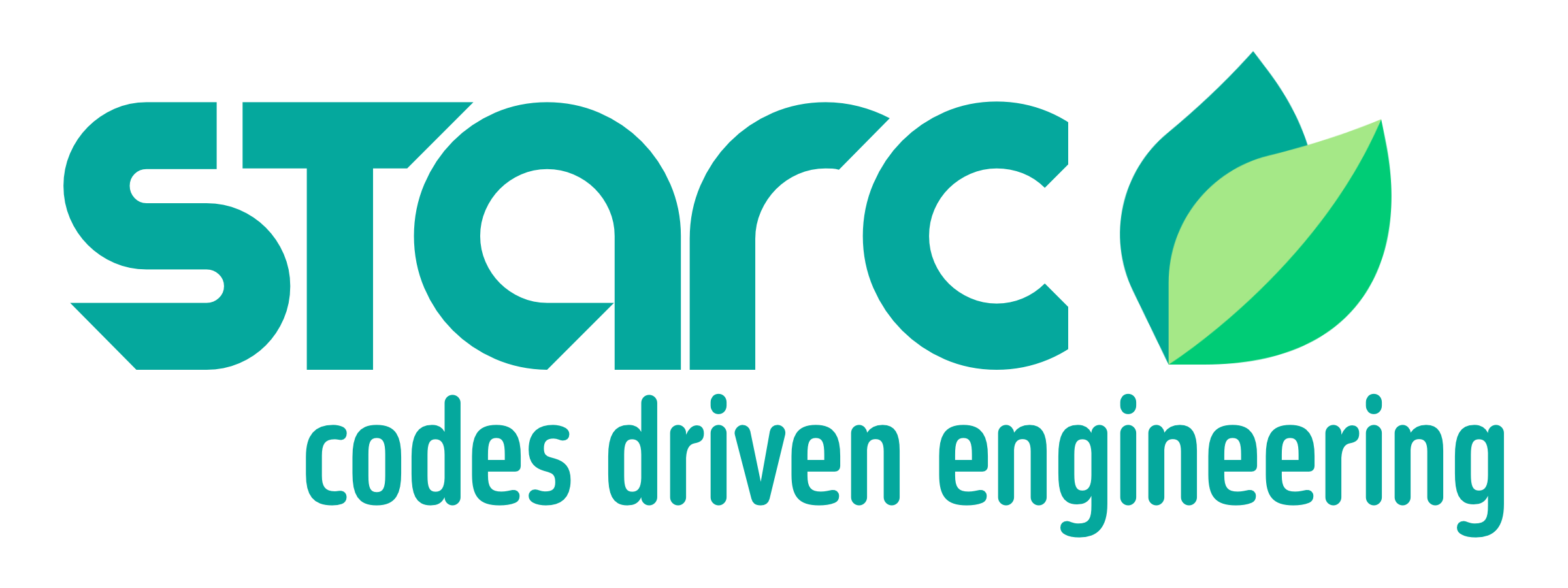Results options #
The Results tree consists of the following containers:
- Mesh
- Parts.
- Node sets.
- Element sets.
- Surfaces.
- Features
- Reference Points – can be created in the same ways as in pre-processing.
- Coordinate Systems – can be created in the same ways as in pre-processing and used for results transformation.
- Results
- Field outputs.
- History outputs.
Results Menu #
The Results menu contains the following options:
Part #
- Edit.
- Merge.
- Hide/Show/Show Only.
- Set Color/Reset Color/Set Transparency.
- Color Contours o – disables color contours only for selected parts.
- Color Contours on.
- Delete.
Features #
- Reference Points.
- Create.
- Edit.
- Duplicate.
- Hide/Show/Show Only.
- Delete.
- Coordinate Systems.
- Create.
- Edit.
- Duplicate.
- Hide/Show/Show Only.
- Delete.
Field Output #
- Create.
- Limit – creates the following contour plots: RATIO (output divided by specified limit) and SAFETY FACTOR (specified limit divided by output)
- Properties: Name, Field name, Component name, Limit based on (Parts/Element sets).
- Limit Values – part-limit table.
- Envelope – creates MAX, MIN and AVERAGE contour plots for selected outputs (values are taken from all frames)
- Properties: Name, Field name, Component name.
- Equation – creates new field output by evaluating a specified equation on the existing outputs, supports functions from the Ncalc library, existing outputs are specified as [Field_Name.Component_Name]
- Properties: Name, Equation, User defined unit.
- Coordinate System Transform – transforms the selected field to the selected user-defined coordinate system
- Properties: Name, Field name, Coordinate system.
- Limit – creates the following contour plots: RATIO (output divided by specified limit) and SAFETY FACTOR (specified limit divided by output)
- Edit.
- Delete – selected field outputs can be deleted to decrease the file size.
History Output #
- Create
- From Field Output:
- Name.
- Region.
- Field name.
- Components.
- Step id.
- Node coordinates – whether to include node coordinates in the history output.
- Filter 1/Filter 2: Type: None/Minimum/Maximum/Sum/Average.
- Filter 1/Filter 2: Return: Column(s)/Row(s) – filters can be used in pairs since a single filter takes in the history output, which is, in general, a matrix (time versus the selected node values) and returns a row or a column. For example, if the maximum filter is selected and the return type is Column, the filter will look for the largest value in the history output matrix and return the column where this maximum value is located. This way, the entire time history for the node where the maximum value is determined is reported.
- From History Output by Equation:
- Name.
- Equation – creates new history output by evaluating a specified equation on the existing outputs, supports functions from the Ncalc library, existing outputs are specified as [History_Output_Name.Field_Name.Component_Name].
- User defined unit.
- Filter 1/Filter 2: Type: None/Minimum/Maximum/Sum/Average.
- Filter 1/Filter 2: Return: Column(s)/Row(s)
- From Field Output:
- Edit.
- Export – exports selected history outputs to CSV file.
- File name.
- History outputs.
- Delimiter – comma, semicolon or colon.
- Delete.
Transformation #
a mirror or a pattern can be applied to the results for the visualization purposes (use the button to add the transformation to the Active part of the window to apply it)
- Symmetry – a symmetry point has to be selected
- Name.
- X. Y. Z.
- Pattern
- Linear
- Name.
- Number of items.
- Start point.
- End point.
- Circular
- Name.
- Number of items.
- Angle.
- First axis point.
- Second axis point.
Append Results #
Adds results from another .frd file.
In addition to these options, selecting more than one part in the Results tree and right-clicking on this selection enables users to activate the Merge Parts option that creates a single results part.

Figure 6: Results toolbar – part 1

Figure 7: Results toolbar – part 2
Selected post-processing options are also available as shortcuts in the Results toolbar (Figure 6 & 7). These options include:
- Result – drop-down list with result (.frd) file selection, multiple results can be opened at the same time
- Variable (variable used to visualize the deformation): Displacements, Forces, Surface normals, Wear depths, Mesh deformation, Disp & Def & Depth.
- Type (deformation scale type): Undeformed, True scale, Automatic, Automatic x 0.25, Automatic x 0.5, Automatic x 2, Automatic x 5, User defined.
- Factor – deformation factor for User defined type.
- Undeformed.
- Deformed.
- Deformed with color contours.
- Show undeformed wireframe model.
- Show undeformed solid model.
- Transformation.
- First increment.
- Previous increment.
- Drop-down list of increments.
- Next increment.
- Last increment.
- Animate.
